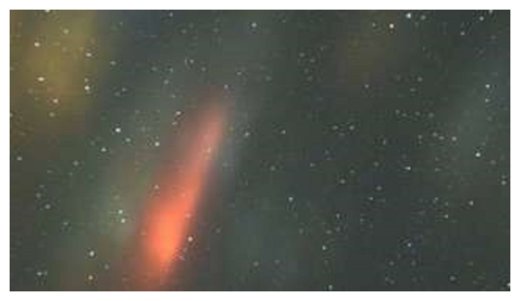
© Allan Trow/Dark Sky Wales
An experienced astronomer says he has caught on camera the
"very rare" sight of light pillars in the night sky above south Wales. The phenomenon, caused by atmospheric ice crystals reflecting light, was captured by Allan Trow above Rhigos mountain, Rhondda Cynon Taff.
He said light pillars were more common in polar regions. Mr Trow, who has been stargazing for 20 years, said the sighting on Friday night was "spectacular". The director of astronomy education company
Dark Sky Wales was on the mountain near Treherbert with two other experienced astronomers and a group of amateur stargazers when the bright lights appeared at about 21:50 GMT.
He said they lasted at least 90 seconds, long enough for the astronomers to
take a number of photographs.
"Between the three astronomers there, we have 80 years experience but it was the
first time we had seen anything like it," said Mr Trow.
"We immediately went onto Facebook and Twitter and consulted with our astronomy friends to see what they could be. We discounted ideas such as as aurora and a meteor. But the conditions were right for light pillars.
"We were astonished. I've seen pictures of them from Scandinavia and Alaska but nothing from the UK."
He said his fellow astronomers believed the light reflected in the light pillars - which were visible to the naked eye - could have come from the Port Talbot steelworks which are just over the other side of the mountain.
The phenomenon comes in the same week
stargazers across Wales saw the Aurora Borealis - better known as the Northern Lights.
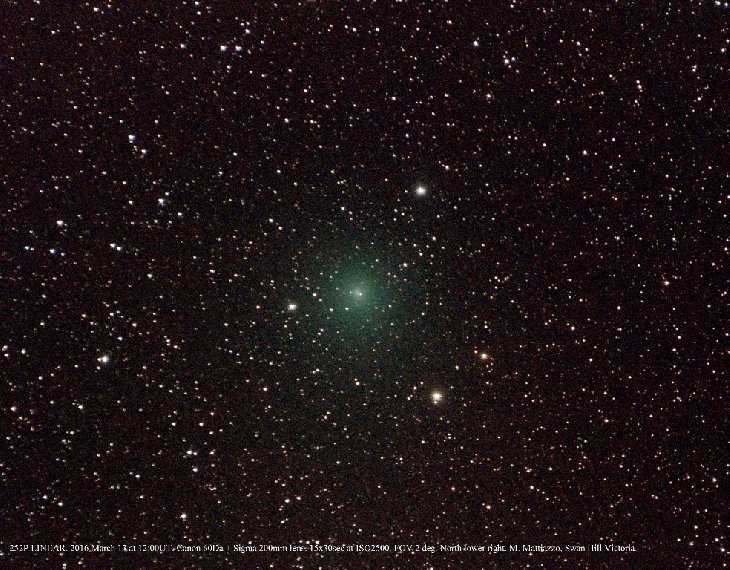
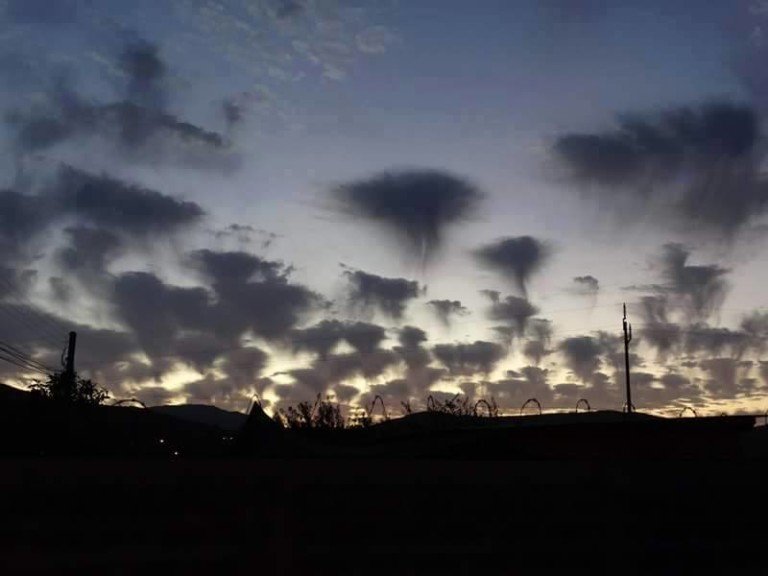
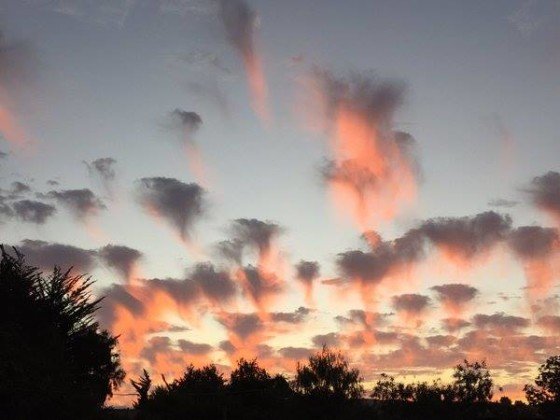
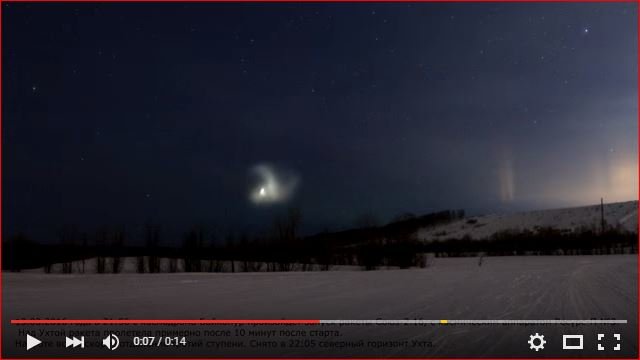

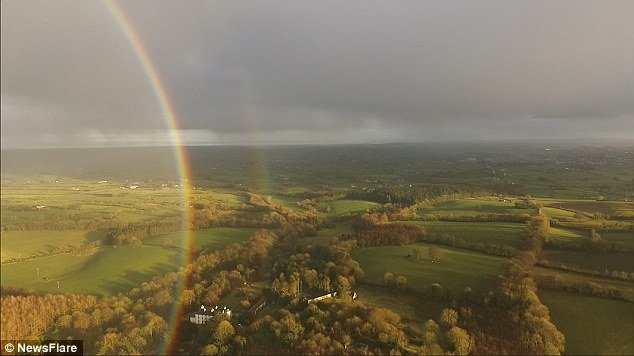
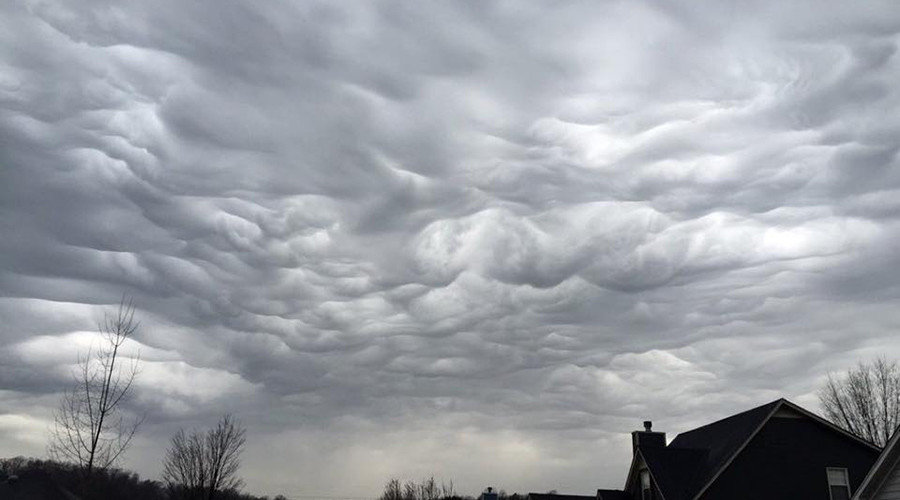
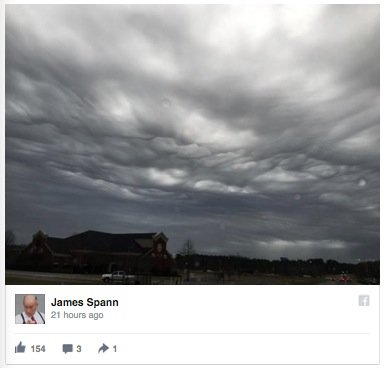

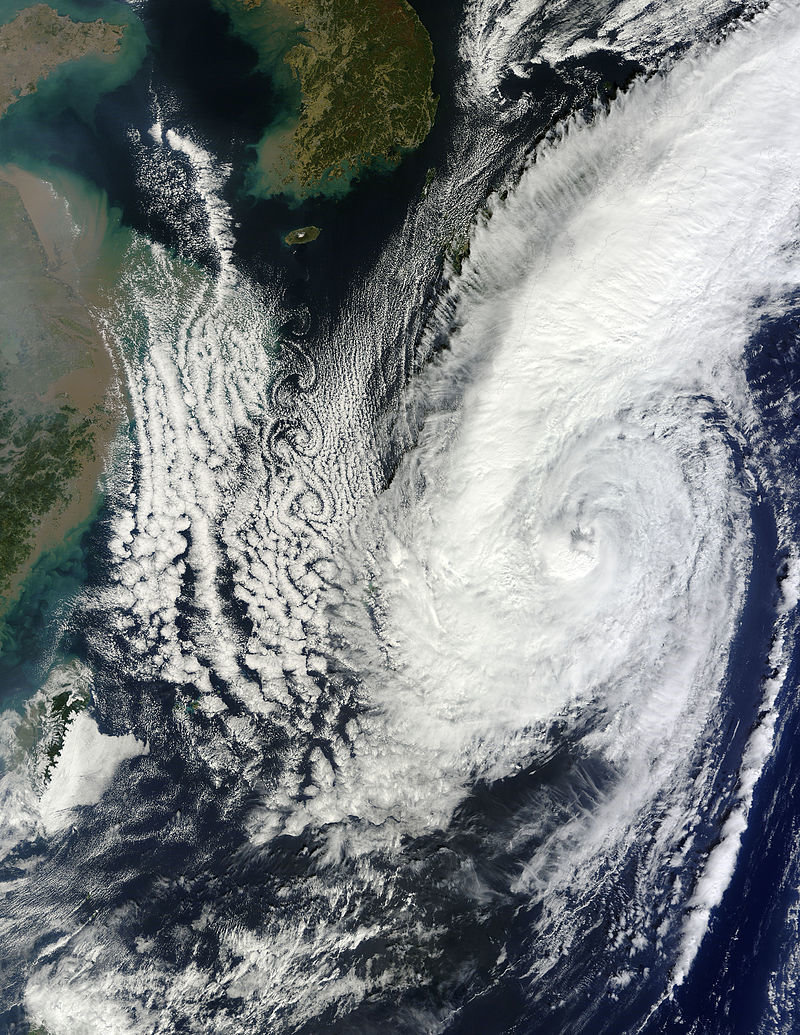
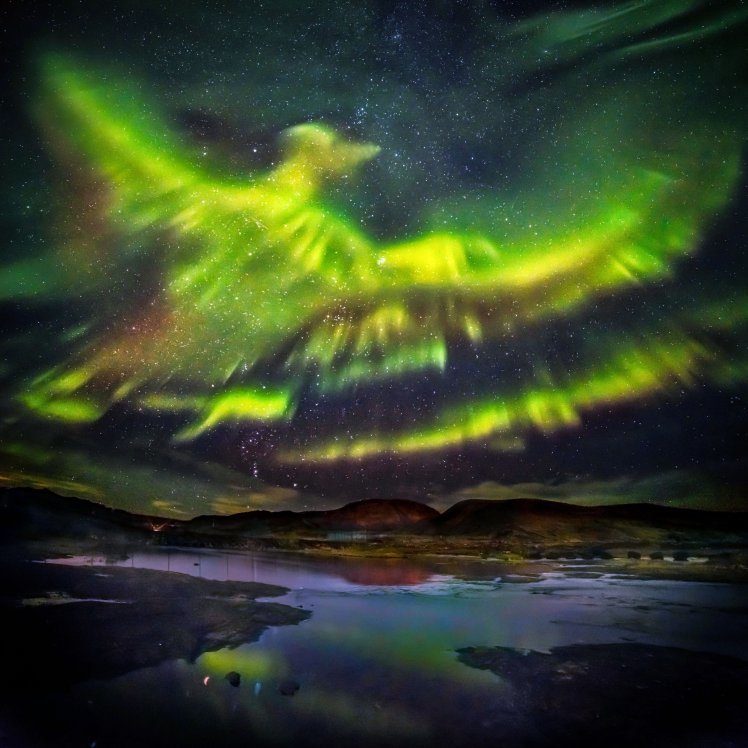
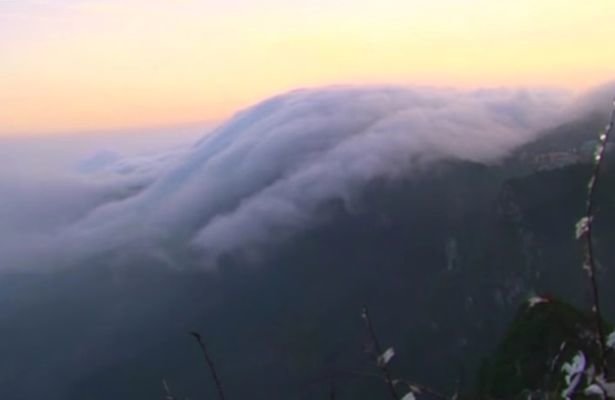



Comment: More evidence of our changing atmosphere.
See also: